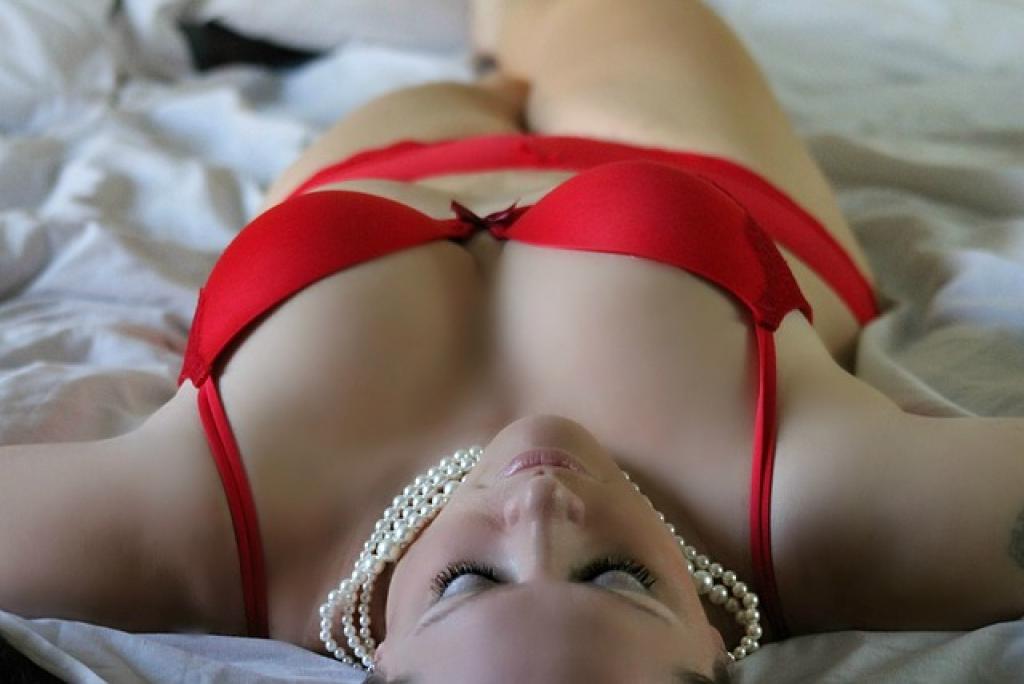From ancient civilizations to modern times, the bra has undergone a fascinating evolution that mirrors the changing roles and expectations of women in society. Let’s take a journey through history to explore the intriguing developments of this essential undergarment.
Ancient Beginnings
Believe it or not, the concept of chest support for women dates back to ancient times. In Crete, around 2500 BC, women wore a garment called “apodesmos” that resembled a corset-like contraption to lift and support their breasts. Fast forward to ancient Rome, where wealthy women wore breast bands made of linen or leather for both functional support and aesthetic purposes.
The Middle Ages: A Shift in Undergarment Fashion
During the Middle Ages, the silhouette of women’s fashion changed dramatically. The medieval corset, known as a “stays” or “pair of bodies,” flattened the bust and accentuated the waist, reflecting the ideal feminine figure of the time. It wasn’t until the Renaissance period that a more rounded bustline became fashionable, leading to the development of supportive garments like the “busk,” a rigid piece inserted into the bodice for added structure.
19th Century: The Birth of the Modern Bra
The 19th century brought significant advancements in undergarment design. In 1889, Herminie Cadolle, a French fashion designer, is credited with inventing the first modern bra by separating the corset into two parts: one for the waist and one for the bust. This innovative design laid the foundation for the bras we know today.

The Roaring Twenties: Hello, Brassiere!
The 1920s marked a pivotal moment in bra history with the introduction of the word “brassiere” into the English language. This decade saw a shift towards more relaxed and boyish silhouettes, prompting the need for lightweight, supportive undergarments that allowed women greater freedom of movement. The iconic Maiden Form brassiere, with its adjustable straps and cup sizes, revolutionized bra fitting and comfort.
World War II: Utility Meets Style
During World War II, fabric shortages and resource rationing influenced bra design. The utility bra, made from minimal fabric and simple construction, became popular due to its practicality. However, post-war prosperity ushered in a new era of lingerie, with the introduction of nylon and elastic fabrics adding comfort and shaping to bras.
The Swinging Sixties: A Time of Liberation
The 1960s represented a period of social change and liberation, reflected in bra styles of the time. The invention of the push-up bra in 1964 by Frederick Mellinger, founder of Frederick’s of Hollywood, offered women the choice to enhance their natural curves. The bra became a symbol of femininity and empowerment, embracing diverse shapes and sizes.
The 80s and 90s: Enter the Sports Bra
As fitness and athleticism gained popularity, so did the need for specialized bras that provided support during physical activities. The 1980s and 1990s saw the rise of the sports bra, designed with performance fabrics and compression features to minimize breast movement and discomfort during exercise. Brands like Lululemon and Nike revolutionized the activewear industry with innovative sports bra designs.
The Modern Era: Versatility and Inclusivity
In the 21st century, the bra has evolved to meet diverse needs and preferences. From wireless bras for ultimate comfort to strapless bras for versatile styling options, modern women have a plethora of choices available. Furthermore, the push for inclusivity has led to a greater range of sizes, colors, and styles to cater to diverse body types and personal preferences.
The Bottom Line
The evolution of the bra is a testament to the ever-changing landscape of fashion, society, and women’s empowerment. From ancient chest bands to modern sports bras, each iteration reflects the values and needs of its time. As we look to the future, one thing is certain: the bra will continue to adapt and innovate, empowering women of all shapes and sizes to feel confident and comfortable in their own skin.

